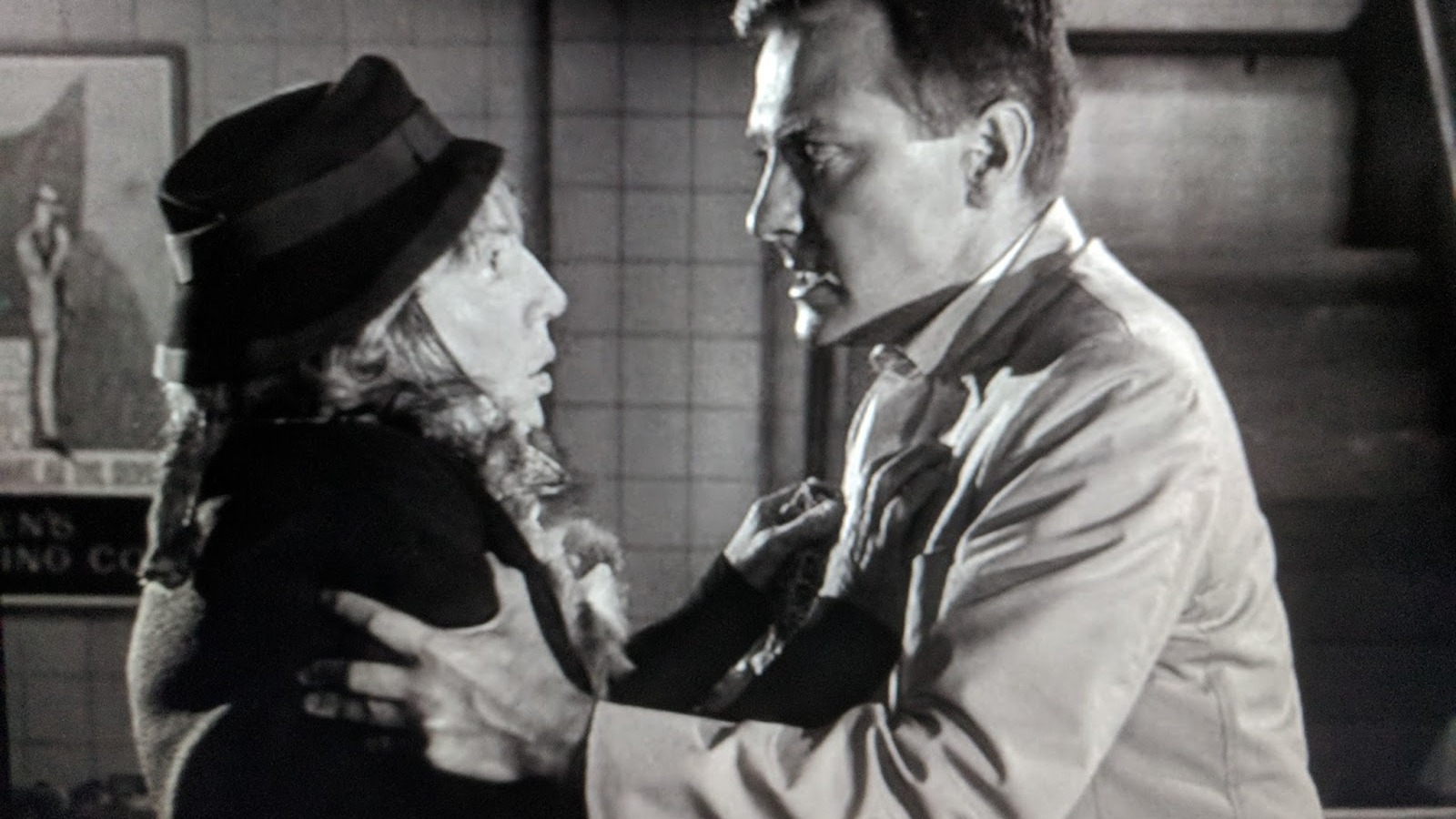
After the incident at the subway, Alan visits his hometown in the hopes of taking a trip down memory lane, but only experiences confused frustration. No one seems to recognize or remember him, and memories of his Aunt Mildred are supplanted by the harsh truth that such a person might have never existed. Every person he thinks he knows suffers the same fate, and a visit to his parents’ graves triggers an unsettling memory: the name Walter Ryder, etched on the tombstone, seems to be the key to unraveling his identity, but Alan has no more clues to grasp onto.
After a bout of homicidal rage that he struggles with and forcefully subsides, Alan is privy to his true nature as an android, for the lack of a better term, as he sees wires underneath the peeled flesh of his arm. After deciding to meet the elusive Walter, Alan realizes that the man is his double (or rather, he is the synthetic copy) and that his maker had used real memories of Couerville to gift Alan with a sense of self. As Walter drones on about his self-professed genius and how Alan is supposed to be the perfect synthetic version of him, the latter is enraged, horrified at the callous cruelty of someone playing God without having a grasp on the consequences of creation.
With time, it becomes clear that Walter does not understand his synthetic progeny — worse, he does not even try to comprehend his pain — which explains Alan’s homicidal urges that manifest as a result of this neglect and trauma. This anguish is similar to what replicant Roy Batty (Rutger Hauer) experiences in “Blade Runner,” where a climactic meeting with his maker ends in an act of patricide, where Roy gouges Tyrell’s eyes out.


Leave a Reply